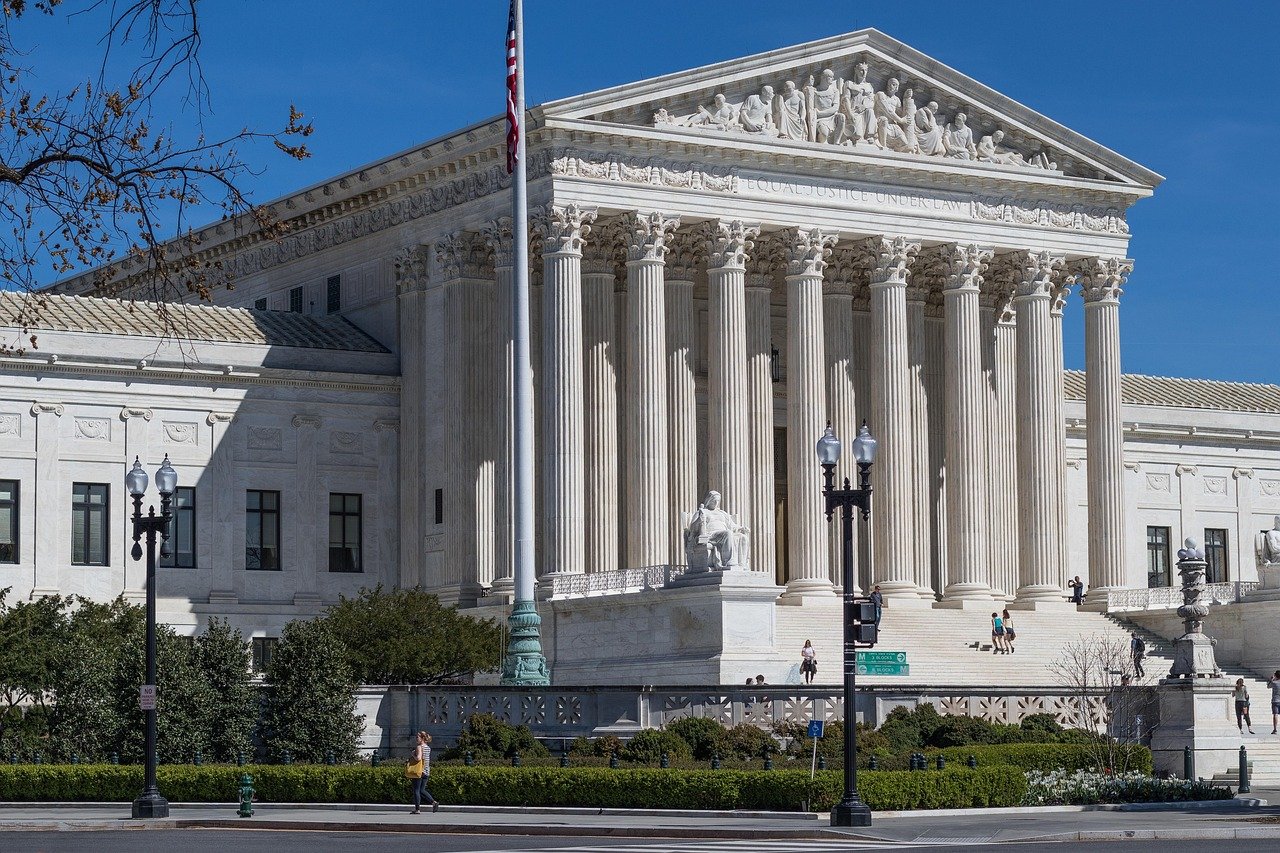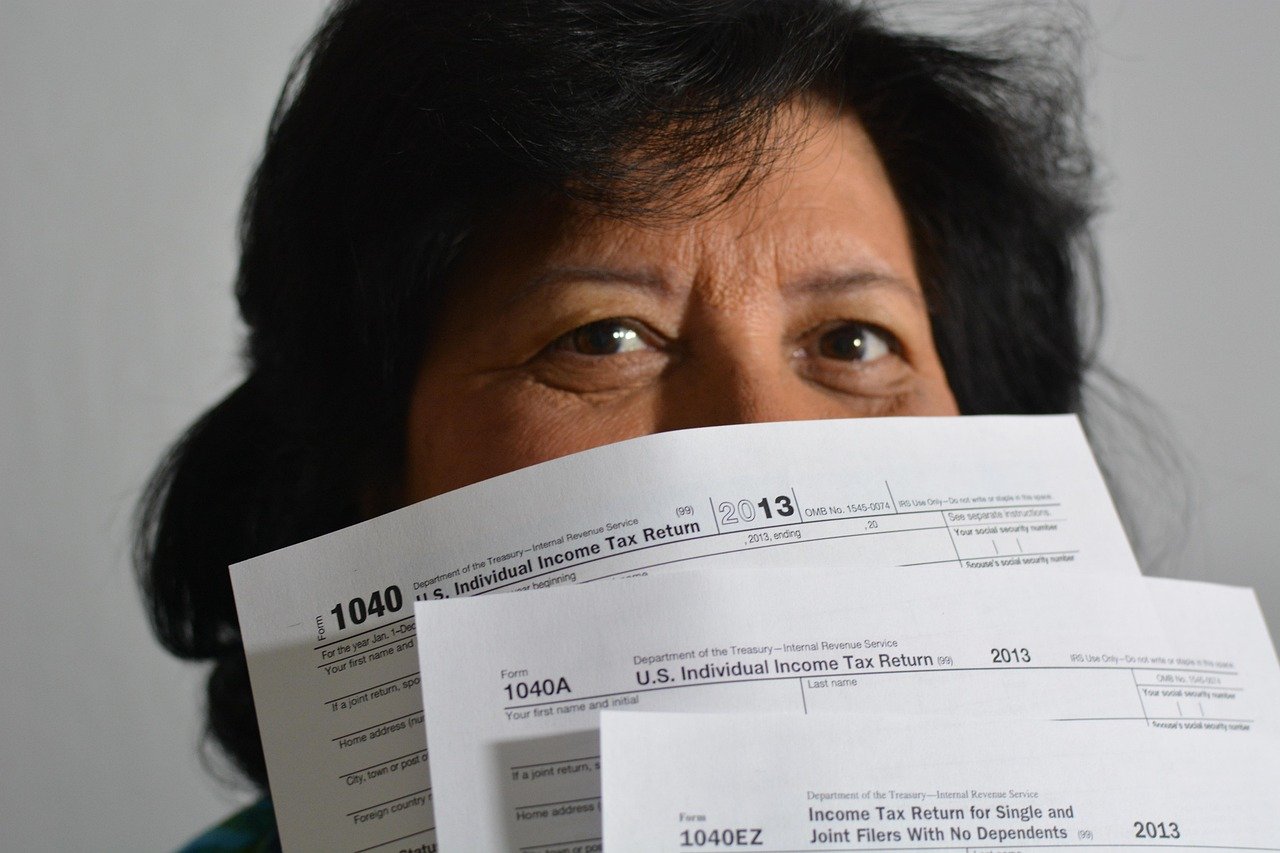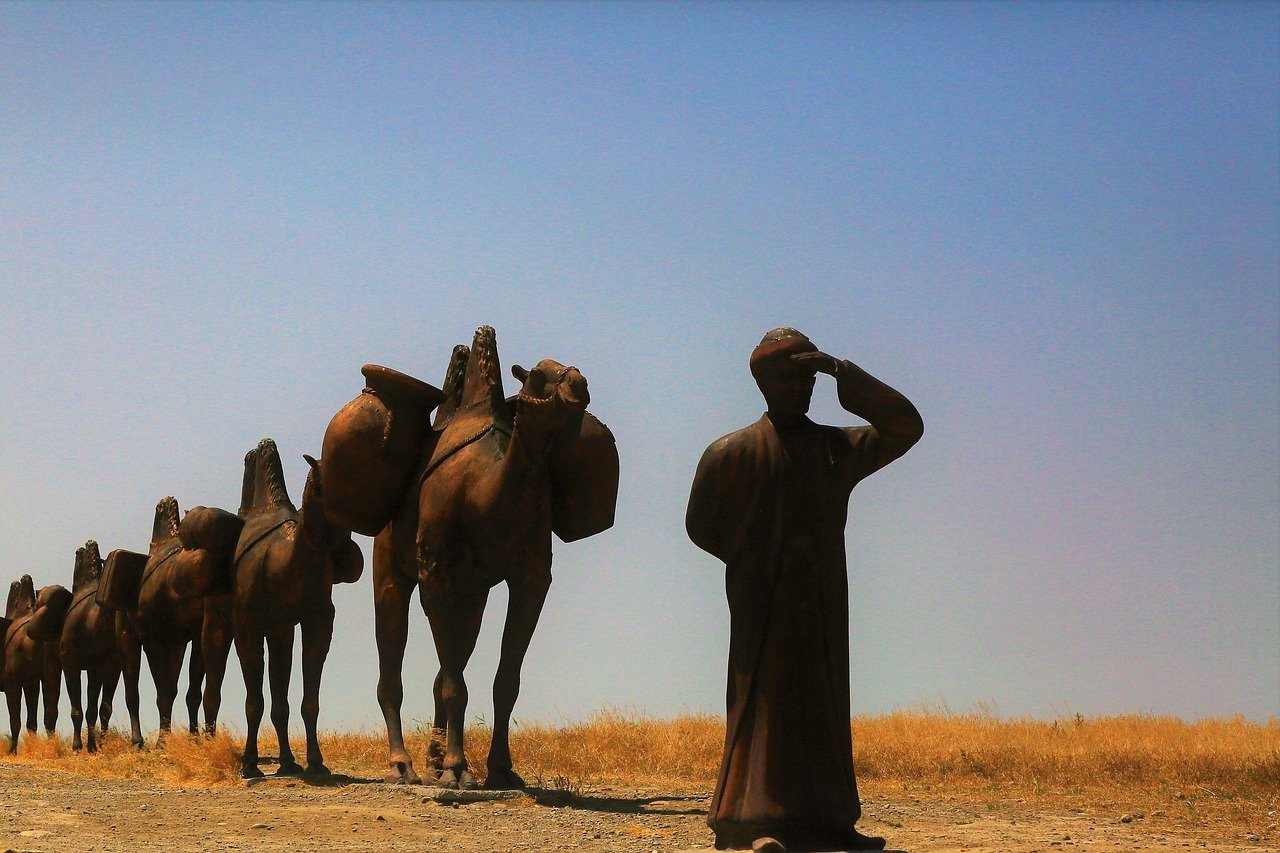Former President Donald Trump recently announced that during his tenure, his administration secured billions of dollars in deals with Middle Eastern countries, bolstering economic ties and potentially reshaping regional dynamics. This claim has raised considerable interest regarding the specifics of these agreements. Here we provide a detailed list and analysis of key deals signed between the United States and Middle Eastern nations under Trump’s administration.
1. **Arms Deals with Saudi Arabia**: One of the most significant agreements was the series of arms deals with Saudi Arabia, potentially worth up to $110 billion. Announced during Trump’s first overseas trip in May 2017, these deals were intended to enhance the security framework of the region by boosting Saudi Arabia’s defensive capabilities. The agreements included tanks, combat ships, missile defense systems, as well as radar and communications technology.
2. **The Abraham Accords**: Facilitated by Trump’s administration, The Abraham Accords marked a historic peace agreement between Israel and several Arab nations including the United Arab Emirates (UAE) and Bahrain, followed by Sudan and Morocco. These accords led to a series of business deals involving technology transfers, investments in tourism, and direct flights connecting these countries which are expected to yield substantial economic benefits.
3. **UAE and U.S. Economic Agreements**: In conjunction with the Abraham Accords, there were significant economic agreements signed between the UAE and U.S., encompassing sectors such as energy cooperation and infrastructure development. Notable among these was an agreement between Abu Dhabi National Oil Company (ADNOC) and U.S.-based companies to explore potential energy partnerships.
4. **Qatar Military Sale Agreement**: In June 2017, another notable deal was struck with Qatar involving a $12 billion sale for F-15QA fighter jets despite simultaneous diplomatic tensions within the Gulf Cooperation Council (GCC). This deal underscored the strategic military relationships maintained by the U.S., independent of regional diplomatic conflicts.
5. **Investment Deals with Bahrain**: Several investment treaties were also signed with Bahrain aimed at enhancing mutual investments across various sectors including finance, real estate, and technology startups.
6. **U.S.-Oman Trade Agreement Enhancements**: Under Trump’s administration enhancements were made to existing trade agreements with Oman which facilitated easier access for U.S firms into Omani markets especially in sectors like telecommunications and automotive industries.
These agreements collectively signify a broader strategy employed by Trump’s administration to reinforce American influence across economically strategic hubs in the Middle East while promoting peace through economic interdependence among hostile nations. Economists suggest that while immediate fiscal impacts of some deals remain vague they are likely to offer long-term benefits enhancing both political stability in the region as well as trade revenues for involved nations.
Critics argue about potential risks involved especially concerning human rights issues associated with arms sales to conflict regions like Saudi Arabia and Yemen But supporters believe that increasing economic ties could lead to more stable political relationships These deals underpin how trade and diplomacy intertwine deeply affecting international relations even beyond office terms

















